Prof Talk | Control from a distance
Social distancing is one of the most important measures in the fight against the coronavirus, but that’s not always easy for everyone. The Dutch went to home improvement stores and garden centers en masse these last few weeks, and flocked to the parks when temperatures rose. Too crowded. Simple tools and proper information provision most effectively keep people ‘at a distance,’ says TU/e environmental psychologist Antal Haans. Several TU/e scientists are currently busy helping society find ways to implement social distancing in the new normal.
Since a couple of weeks, we’re starting to leave our homes more often. The combination of high temperatures and a long weekend even led to fines on Ascension Day and Pentecost in several public parks, where people who didn’t comply with the corona measures were told to leave by the authorities. Too crowded, not enough distance. These are things we will have to deal with for the time being. “We need to work this out together, and most people could use some help with it,” says Antal Haans, assistant professor at the Human Technology Interaction group.
He doesn’t immediately think of high-tech solutions though. “We need to help people in the simplest ways possible, that provides an overview and clarity. Think of arrows in the streets that indicate walking routes. People shouldn’t have to think about it too much. A corona beeper that uses Bluetooth to keep track of whether people are standing too close to one another is great, but you have to ask yourself how usable these kinds of systems are. Several people will need to have that tool and it constantly makes a noise. It gives the impression of a penalty, whereas it should be a tool to help people. It’s about helping people make choices.”
Haans continues: “Take the white circles painted on the ground by park managers in New York, for example. Very effective: you are aware of the distance and you see at a single glance whether there are any free spaces left. This way, we can abide by the rules in a relaxed way, and there’s space to recreate together. Keep it simple.”
Staying safe in the Muziekgebouw
Laetitia Ouillet has a similar experience. She is working on ‘project One’ for the TU/e against COVID-19 platform, which was set up by TU/e innovation Space. Together with students and TU/e colleagues, she investigates how people can go out and enjoy an evening in a concert hall again in a safe, yet relaxed way.
“And there’s more to such an evening than the concert itself. We are now experimenting with flowers on the floors of the foyers, for example. A table in the center, surrounded by flower petals at a one-and-a-half-meter distance. This way, people can chat and have a drink without having to pay too much attention.”
Because one and a half meter isn’t self-evident for everyone, Haans emphasizes. “Just take a measuring tape and draw it on the floor. Or use a paving stone to calculate the distance. That one and a half meter is further than you think.”
Besides simple tools, providing information is also of essential importance in order to control people’s movements and to ensure that they maintain distance, Haans says. “People are being asked now to participate in a complex issue of optimization. In order to make the right decisions, you need to know in advance how many people are expected to attend an event. To get our society up and running again successfully, we need to start focusing on systems that offer us that information.”
Optimal seating plan
Math students, supervised by professor Frits Spieksma, are currently developing a model for the Muziekgebouw that optimizes the seating plan per concert, Ouillet says. “Previous data on the number of visitors - do they attend a concert on their own, together or in a group? - is used to determine the best way to seat an audience. That can differ per genre, a pop concert has a different dynamic than a piano recital. Our model shows us how many seating combinations the hall can offer while taking into account the one-and-a-half-meter requirement. We then need to see how we can let those people move safely through the building. But the mathematical approach we use to determine how best to seat people in a hall can applied to every concert hall or theatre. We hope that people won’t reinvent the wheel, but make use of our knowledge.”
Distance in public spaces
A similar method to optimize capacity of plazas, parks, and public spaces in general in compliance with social distancing restrictions is used by Álvaro González García in his open-source (beta) webapp ConquerYourPlazas. Since the start of the COVID-19 outbreak, the postdoc at the Physical Chemistry group at TU/e’s department of Chemical Engineering and Chemistry has been applying his knowledge to help society deal with the virus. He started the organization ConquerYourSpace and hopes to set it up as a TU/e startup as soon as possible.
“Now that we’re slowly emerging from the lockdown, we need to make clear what is and what isn’t possible. A few clicks on a map shows the maximum number of people that can safely fit inside the public space of interest. A convenient tool for all kinds of tourist spots, but it will also be important for concerts and social events in general.”
AlthoughGarcía’s model takes into account people’s room to move, he will also include dynamics. Real-life technology plays an important role, next to the more ‘static’ methods, in making people move around safely, Haans says. Together with professor Federico Toschi and researcher Alessandro Corbetta of the thematic research group Crowdflow (Fluid and Flows, Department of Applied Physics) and railway company ProRail, Haans conducts research into how people behave at railway stations. Toschi: “We use 3D sensors to make people at railway stations visible anonymously as pixels, and follow them. This gives us information about the number of people present at a specific moment and location. By monitoring this, we can develop mathematical models that help optimize movement behavior. Determining walking routes, making lanes extra wide on certain days, announcement systems and information displays with up to date information.”
Corbetta is currently enhancing the monitoring system - how do you automatically differentiate between family members who are allowed to stand close to each other and people who are breaking the distancing rules, for example? “We are working to deploy this in the short term. At first in railway stations, perhaps later at other potentially crowded locations as well. Students of the new Bachelor College USE learning trajectory ‘Physics of social systems’, which starts in September, will at least have a few challenging social cases to work on from the start.” die in september start, kunnen in ieder geval meteen met uitdagende maatschappelijke cases aan de slag.”
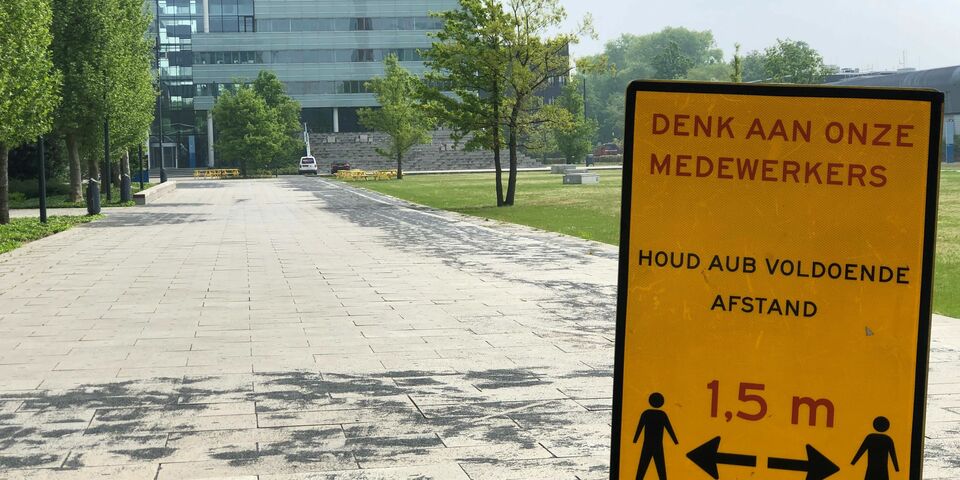

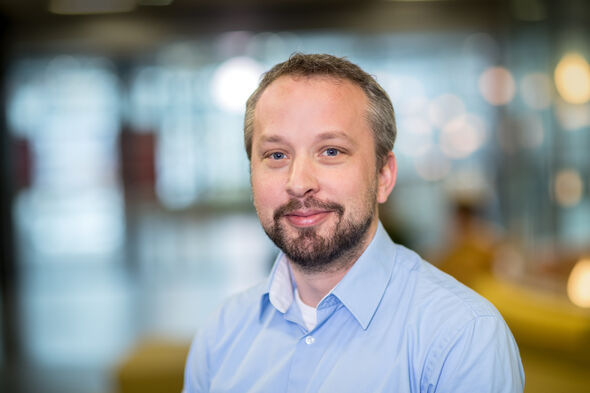
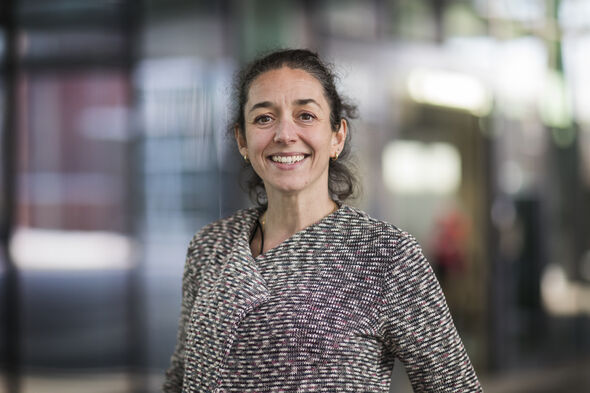
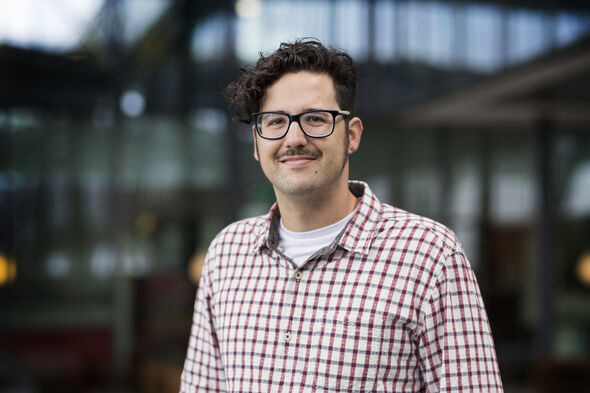

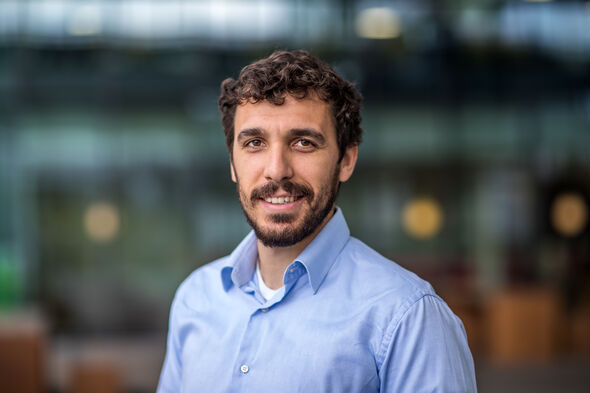
Discussion